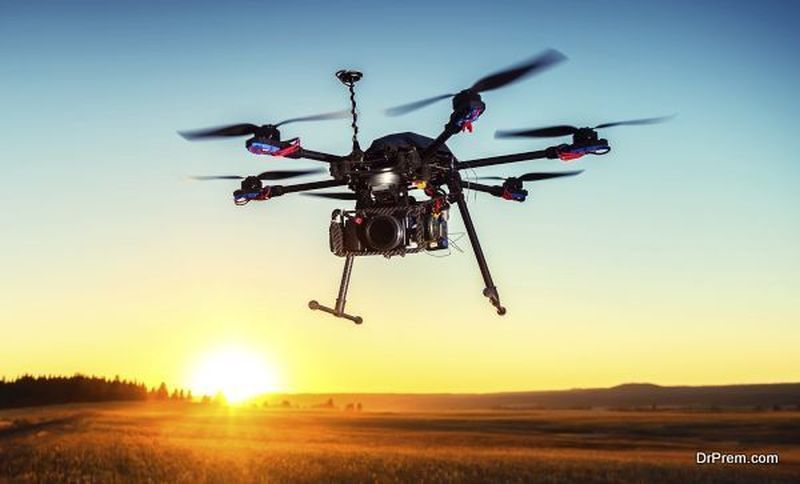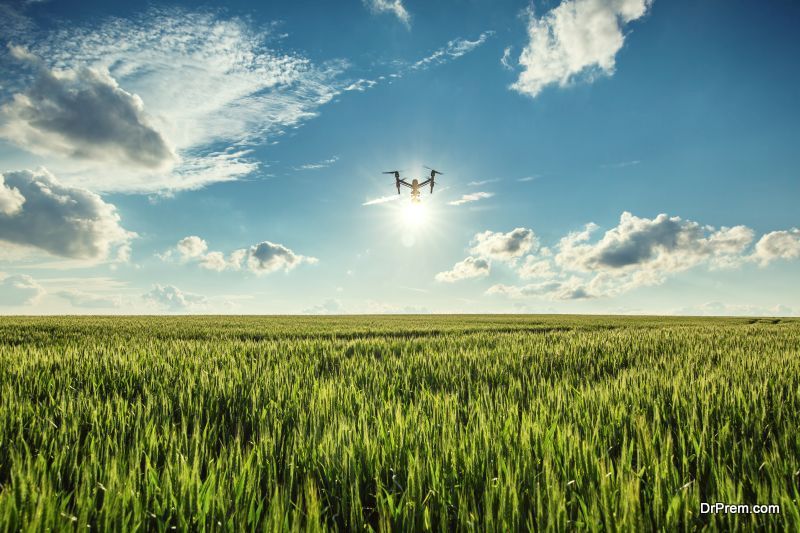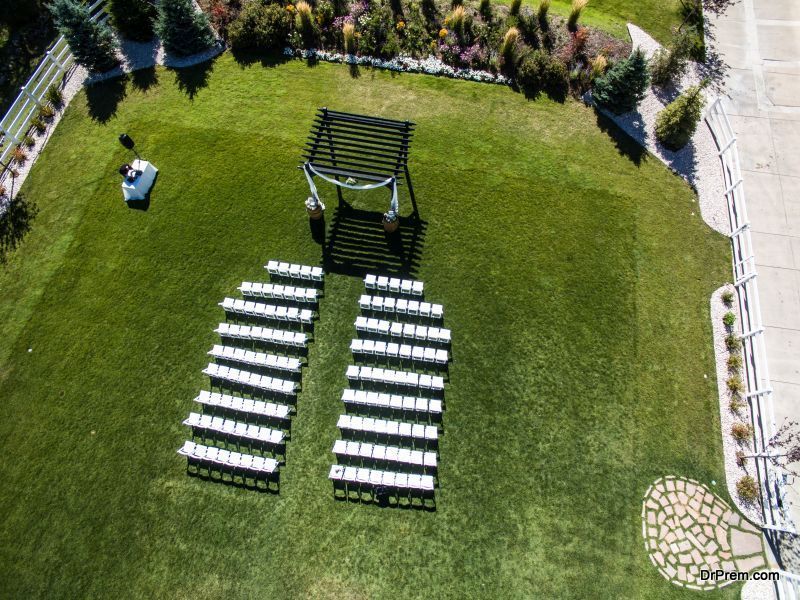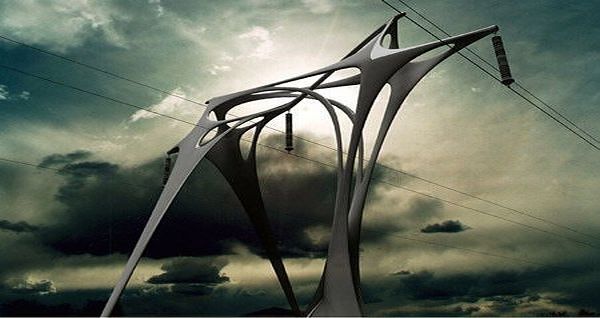Drones, which are Unmanned Aerial Vehicles (UAVs), are used in many industries, due to capital investments and the relaxing of government rules regarding their use. They are being used by farmers worldwide for increasing food productivity. Drones are also used by savvy environmentalists to benefit the environment. They are used for surveillance and monitoring, to protect wildlife and so on. Here are some uses of drones to help sustain agriculture and environment:
How do drones impact agriculture
Field and soil analytics
Drones are cheap and fast workers. They can take better photos from lower heights than satellites as they can click photos from many angles. With their photos, software programs can produce 3D maps for soil analysis, which is very useful for planting purpose. Drone data is useful for irrigation, drainage, and nitrogen management of soil.
Crop monitoring
Vast fields and inefficient method of crop monitoring create obstacles in farming. Unpredictable weather conditions make satellite imagery difficult which is not only costly but also imprecise. With drones, plant counts are compiled quickly and stand establishments too are easily analyzed.
Irrigation and drainage
Drones which have multispectral, thermal or hyperspectral sensors can be used to assess irrigation and drainage requirements of fields. Additionally, while the crops are growing, drones help in calculating vegetation index, which explains relative density, crop’s health, and also shows the crop’s heat signature.
Assessing crop health
Crop health needs to be monitored in order to spot fungal, bacterial or parasitic infections. By scanning the crop using near-infrared and visible light, the drone can carry devices which can identify NIR light and green light. This data helps in tracking changes in plants and indicate how their health is. A quick response can save entire crops, as farmers can apply remedies precisely. If a crop fails, farmers will be able to document their losses effectively in order to claim insurance.
Ways in which drones can help in sustainable environment management:
Mapping and surveying
Drone technology is used to monitor and survey large areas for environmental and wildlife conservation. Their high-res cameras, which can click photographs, can tackle deforestation. Illegal logging too can be stopped with the help of drones. In Peruvian Amazon, almost 13,000 acres have undergone deforestation. The Amazon Basin Conservation Association makes use of drones to monitor a conservation area in the Peruvian Amazon. The organization hopes that they could detect any destruction while it is happening so that they can stop trees from being cut down.
Land management
Many NGOs are using drones in developing countries to map the landscapes under development. For example, the Swiss NGO Drone Adventures uses drones to conduct surveys on the Savannah. The drone used by this NGO is lightweight, has multispectral cameras, which is suitable to count rare animals and vegetation.
Protecting wildlife
Illegal trafficking of endangered species can also be stopped with the help of wildlife. Drones can track the movement of poachers, and count the wild animal population. Forest guards can use this data to stop poachers and keep count of different wild species.
Drones have been monitoring seabirds on the Australian coast. Drones have played a big role in saving Sumatran Orangutans and Tanzanian Chimpanzees. They have counted Canadian seals and Indonesian green turtles.
In certain areas, drones can identify ailing or sick trees. In America, trees which were suffering from the ‘ash dieback’ were spotted and mapped by drones, leading to their recovery. ‘Drones Over Water’ has developed a quadcopter which can sip water samples from far-flung areas and bring the water back which can then be tested for infectious diseases.
Drones are used to inspect renewable energy installations
Companies which produce renewable energy can use drones to send real-time video recordings of their power cables. The 3D images taken by drones of the turbine blades and also HD live video of hydroelectric projects can be used to assess damage at minimum monetary and environmental cost.
The small size, low cost, high-resolution cameras, and sensors have led to drones being the perfect tool to manage the environment and agriculture sustainably. Images clicked by drones have led to the protection of wildlife and the conservation of forests too.






